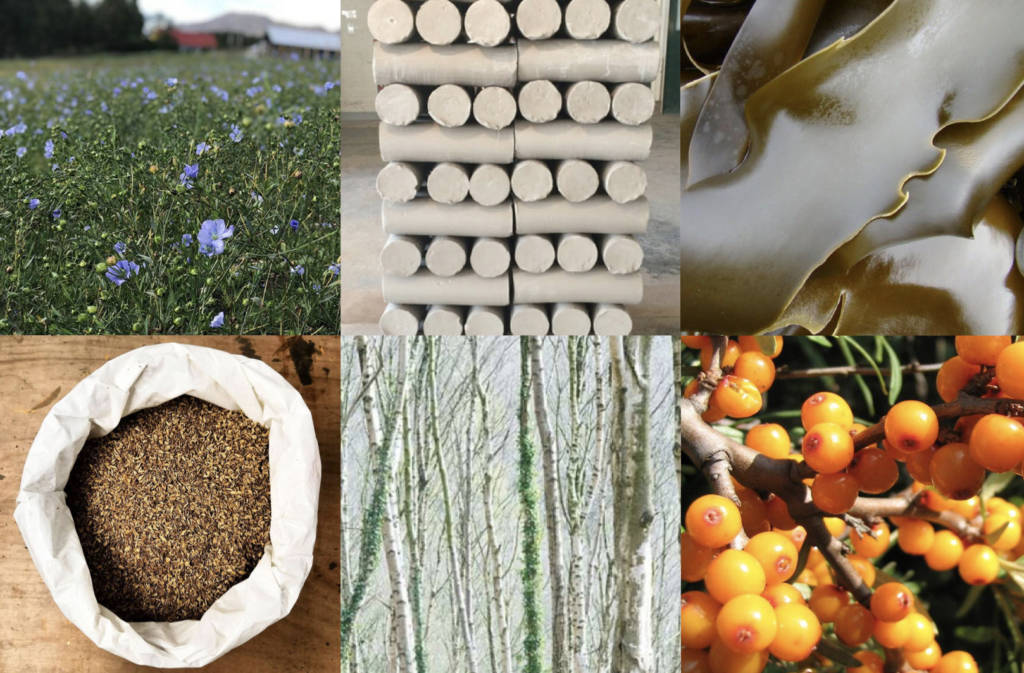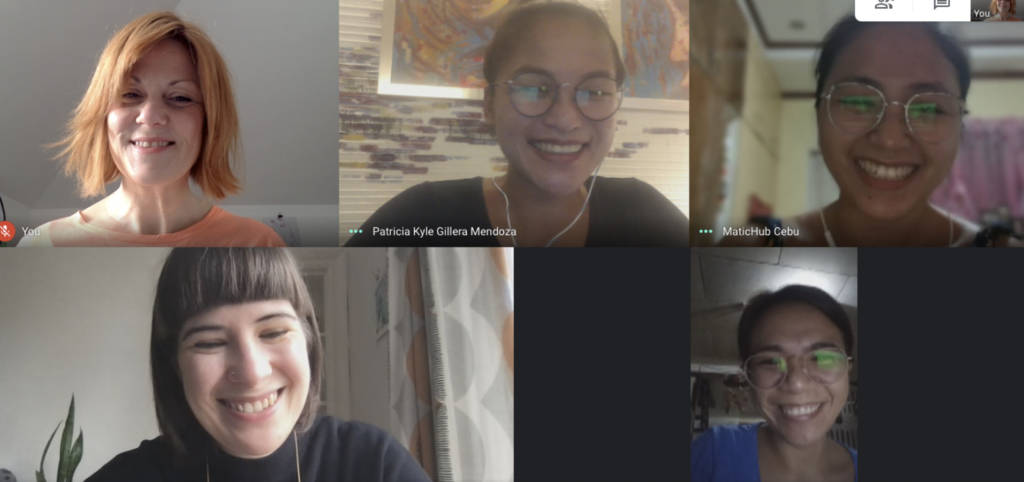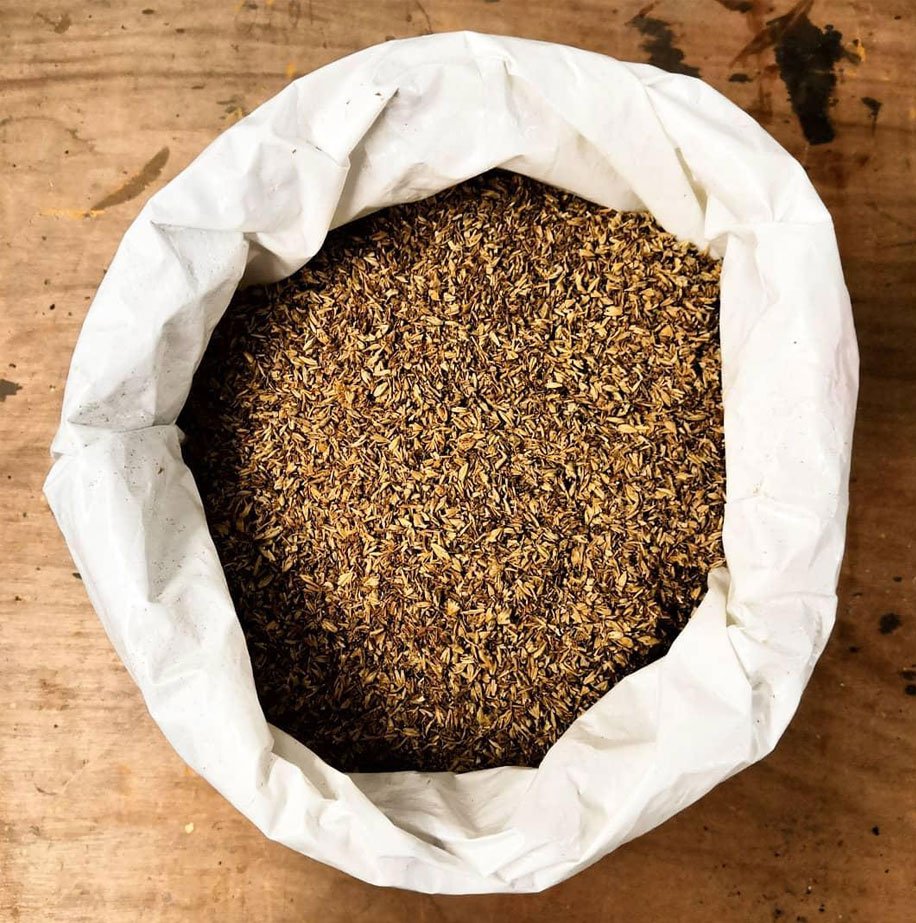Collaborating with lead partner, MaticHub in Cebu, Philippines, we have been researching indigenous materials native to the Tay and wider region. Our researcher, Steph Liddle, shares what she discovered.
If you’d asked me a few months ago to name an indigenous Scottish material, I’d probably have been a bit stumped. I’d have taken a bit of a stab in the dark at ‘heather’ or a very generic ‘trees’ most likely. The thought of listing 15 of them would have seemed impossible!
And I’ve got to admit, when I was first asked if I would be interested in undertaking some research to compile profiles of 15+ Indigenous Materials from around Scotland, I was slightly terrified. But intrigued. I’m naturally curious, and have often fancied myself as a bit of self-styled sleuth, so the chance to delve deeper into the materials that naturally grow and exist around me was very intriguing indeed. Time to pop on my deerstalker hat and get to work.
The materials that I chose to profile might have been new to me, but they certainly weren’t to generations of people who have lived and worked in Scotland for centuries. It was so much more fascinating than I could have anticipated. With each material came a rich social history, a story of how people have lived and used natural resources. How they manufactured materials, how certain industries often supported whole communities, and often, a story of how those industries no longer exist.
It was disheartening at times, if I’m honest, to see how many thriving industries once existed in Scotland. And how many of them had dwindled, or even faltered altogether, as production and manufacture moved elsewhere. Many of the industries that had been historically so important to Scotland’s economy operated on small scales, but with the advent of the Industrial Revolution and the rise of globalisation there was a familiar story of “this was a thriving industry, but now all of X material used in Scotland is imported due to cost”.
It raised a lot of ethical and moral questions for me around the materials that we use, about whether a cheaper material is really worth the environmental cost of shipping something like dimensional building stone, for example, across the globe. But among the tales of industries past, there were a few materials that offered a sense of hope and excitement. Makers, across almost all the materials, who were working in small scale, sustainable ways.
You can explore the 15 materials from Scotland through the link below. A few examples that stood out to me the most were:
Kelp
A great big tangle of slippery seaweed, or at least that’s what it was in my mind. It grows rapidly around our coasts, and can be farmed sustainably and with minimal environmental impact. And it has so much potential! From start-ups exploring how it can be turned into a feasible alternative to plastic in food packing, to the textile artist using it to create incredible leather-like sequins that can be used to adorn garments, as wall art, and to make jewellery.
Draff
Spent grains, a by-product from the brewing and distillery industries. It’s usually seen as a waste material rather than one that has much value, but it’s being used to create furniture of incredible beauty (and value) right here in Dundee! And in my hometown of Grangemouth, most famously known for its petrochemical plants and bad smells, I was delighted to learn that a company is building the first bio-chemical refinery in the area that will use draff from local distilleries to provide sustainable, low-carbon alternatives to fossil fuels.
The project has also given me the push to look more closely at how I use materials in my own studio, and consider where I can improve on the sustainability of my own practise as a ceramicist. It’s something that has always been important to the work I make – I switched to plastic-free packaging long ago, and have made a half-hearted attempt over the years to recycle my clay.
But recycling clay is something that I have often done grudgingly (it’s messy, boring, my arms get tired) and more often than not was left on the back burner. Writing the profile for clay let me delve deeper into the way the clay is produced, and really illuminated the importance of making the most of the resources we have. Clay is a material that’s often framed as an environmentally preferable alternative to plastics, and it can be!
But at the end of the day it is a finite resource, and if we’re not mindful of how we use it as makers there will come a day where there’s just not enough of it left. I’ve probably recycled more clay in the last few weeks than I have in the year previously, and while I still don’t love it as a task, I’ve found a renewed sense of purpose around it. There’s a satisfaction in knowing that the products I’m making have been made with clay that has been given a second (or third, or fourth) chance, and I’m leaning into that as much as possible and trying to ignore the tired sigh of my arms. If nothing else, I might finally build some upper body strength.
Indigenous Materials Library
Led by MaticHub in Cebu, Philippines, Creative Dundee has collaborated with them to research and explore indigenous materials native to the Tay and wider region.
The project aims to enable sustainable and responsible approaches when considering material choices. Access the full open wiki of material profiles and read about the 15 selected materials specific to Scotland.
Patricia Kyle Gillera Mendoza, Director of MaticHub shared why they think this project and type of collaboration is essential:
“Natural materials are essential to the creative identity for cities of design: they’re in our jewelry, home decor, furniture, and every piece of artisan craft. Failing to preserve our natural materials means we also lose part of our culture, history, and creative DNA.
This project, which we’ve been nicknaming Materials Wiki, aims to boost the general appreciation for natural materials. Seaweed or the humble grass in our backyards aren’t just vital parts of the local ecosystem, they are catalysts of creativity. Materials nurture, and shape product designs, inspire innovation, and safeguard cultural identity.”
This project was enabled through British Council’s Connections Through Culture: UK-South East Asia. This is the first collaboration between two creative communities in the UNESCO Cities of Design of Dundee and Cebu.



